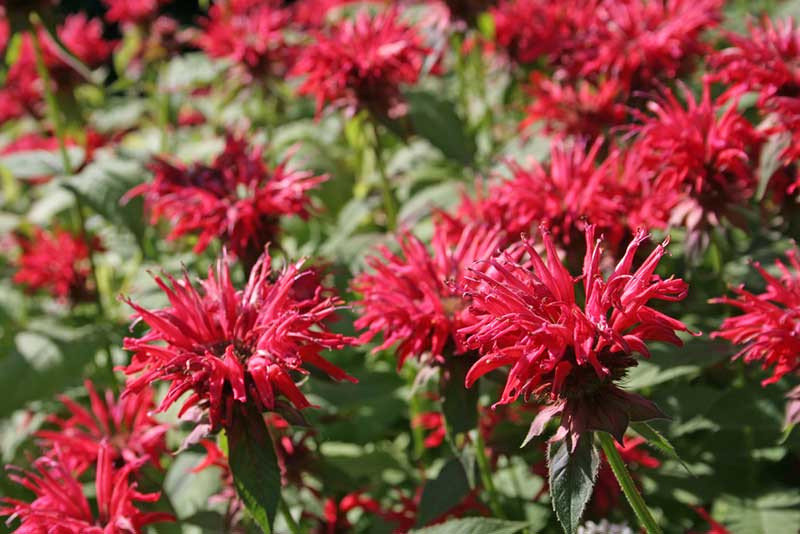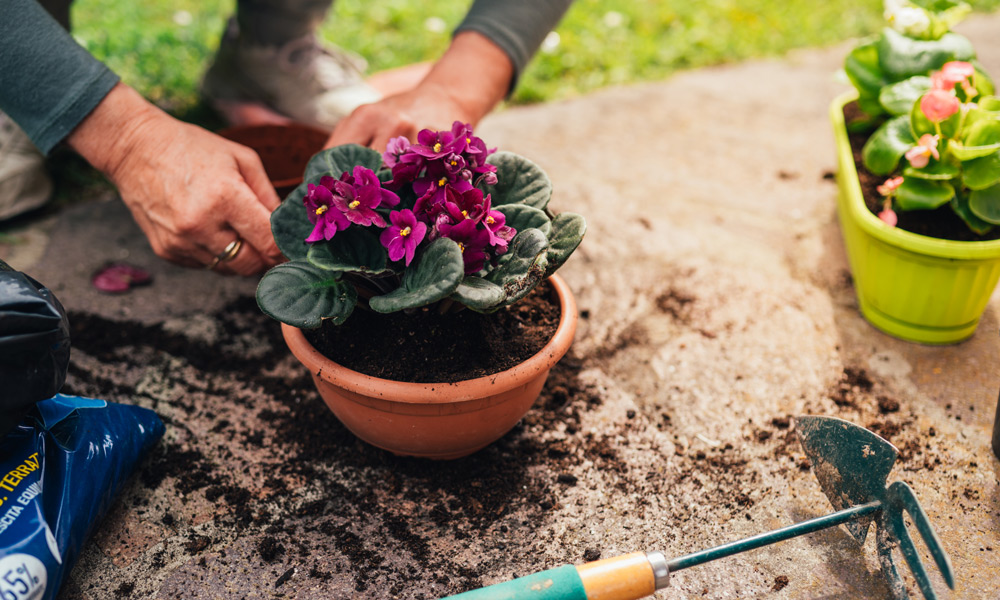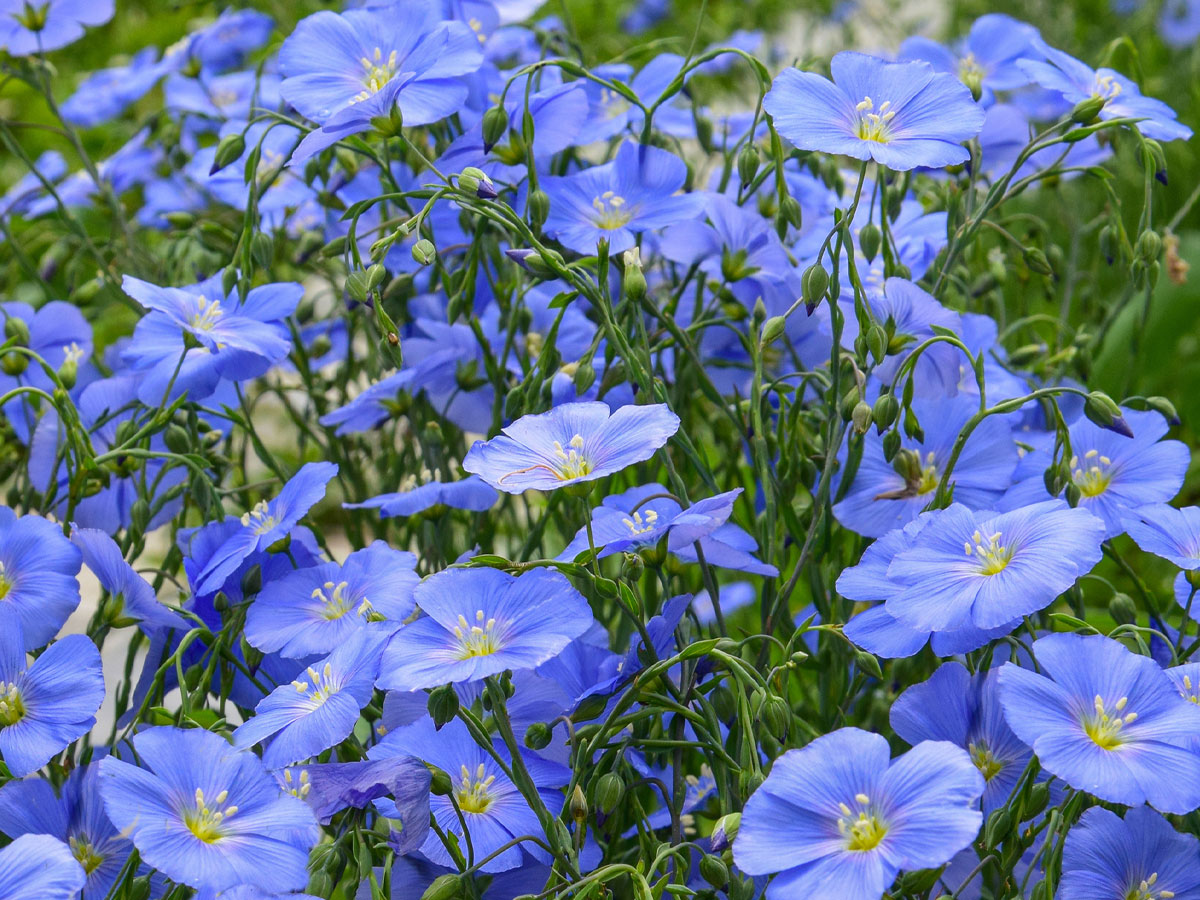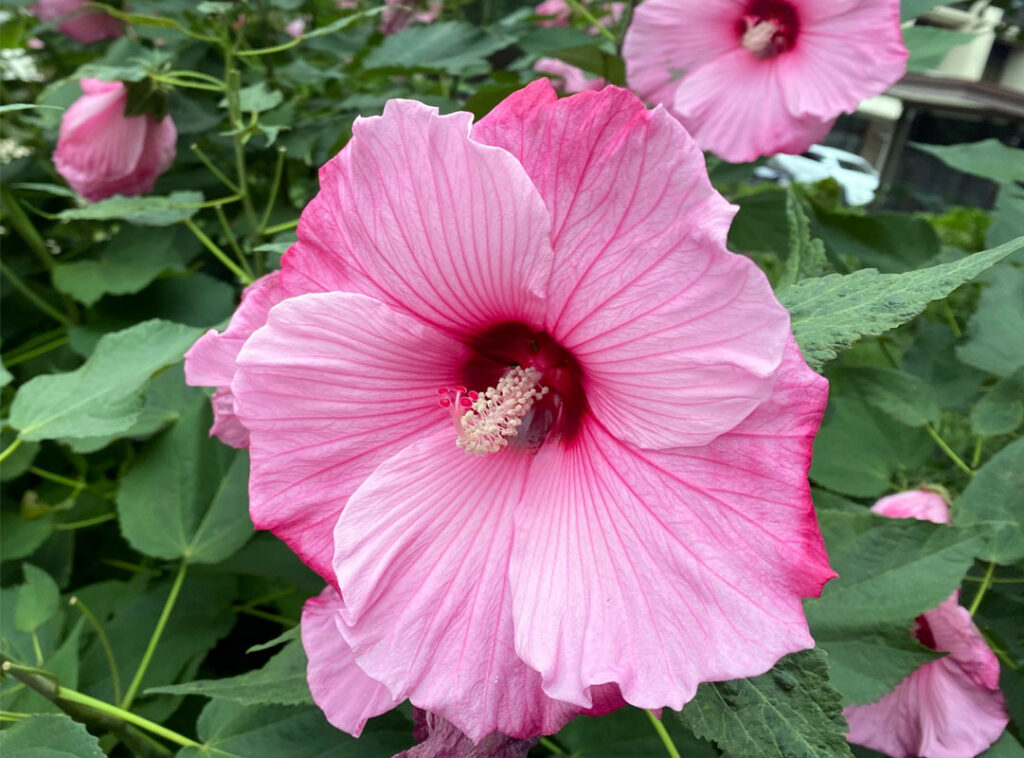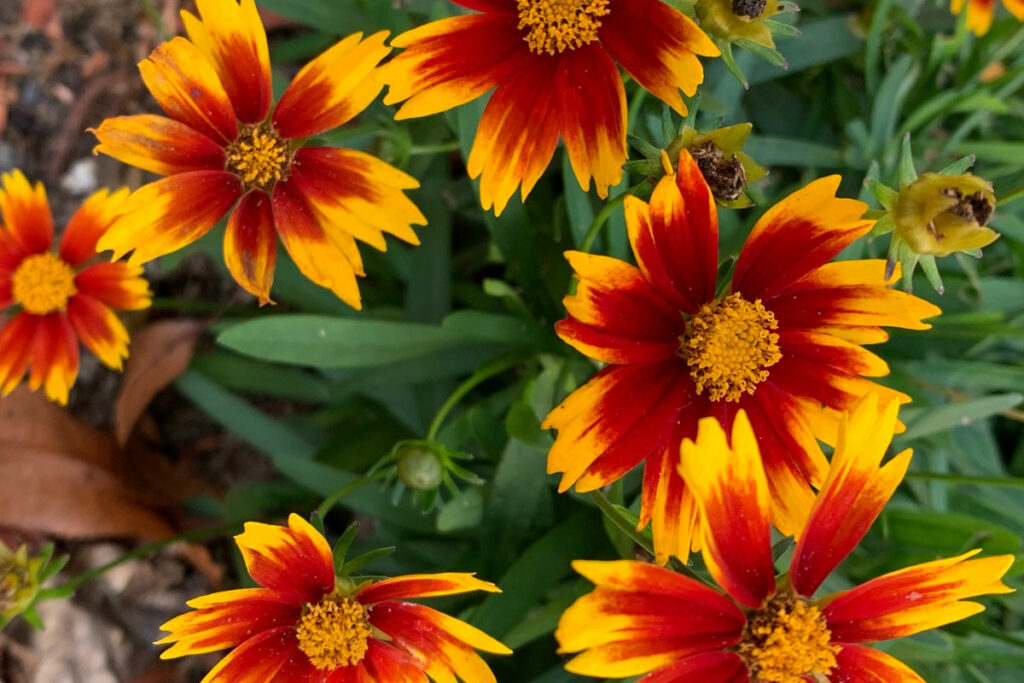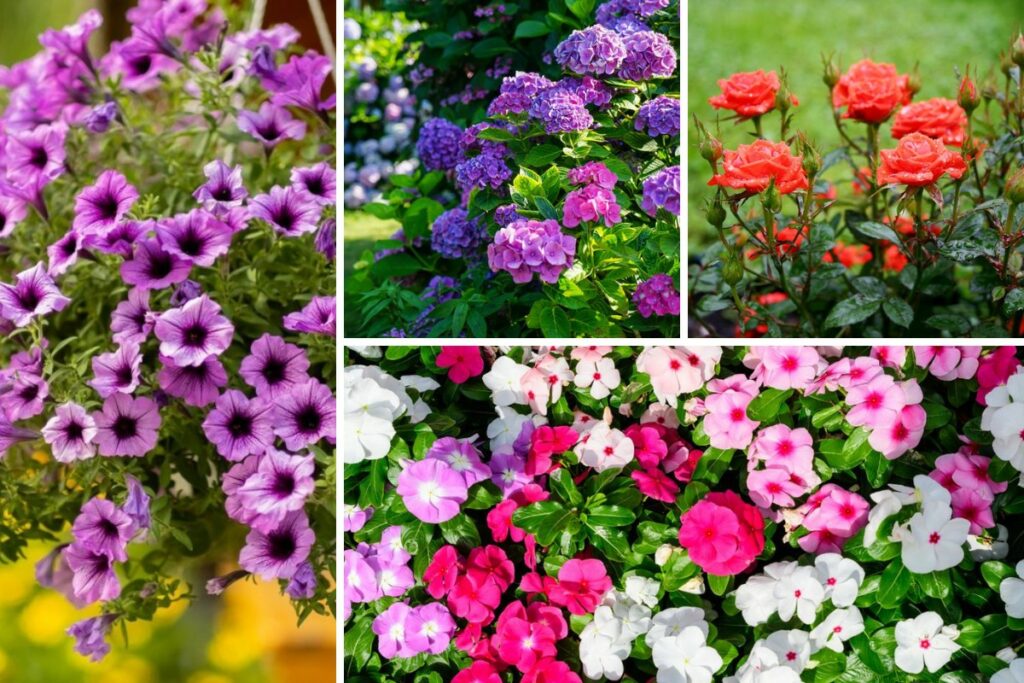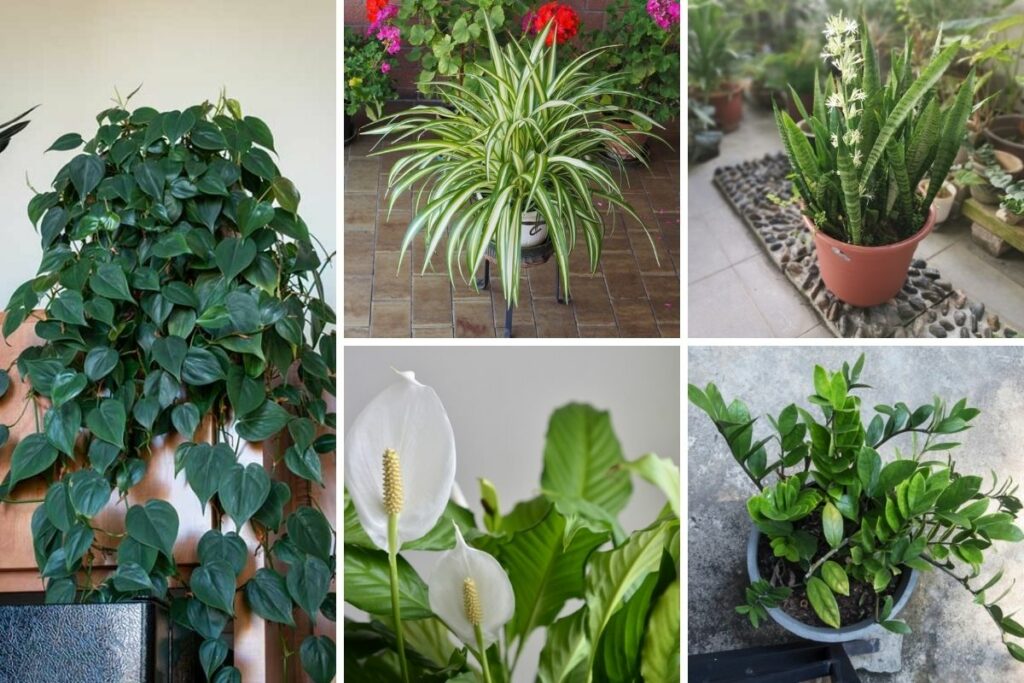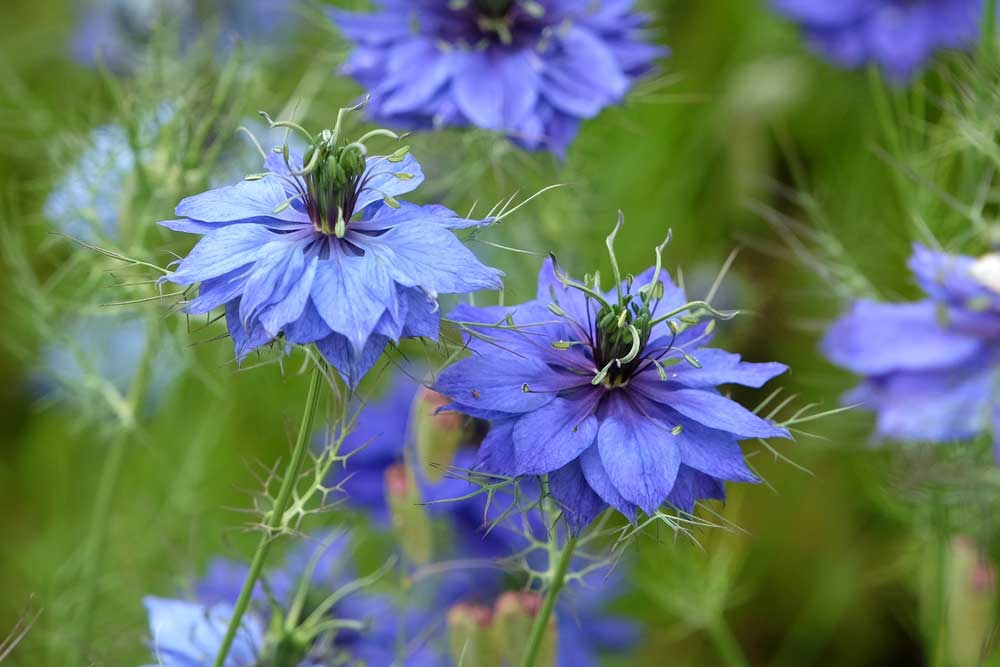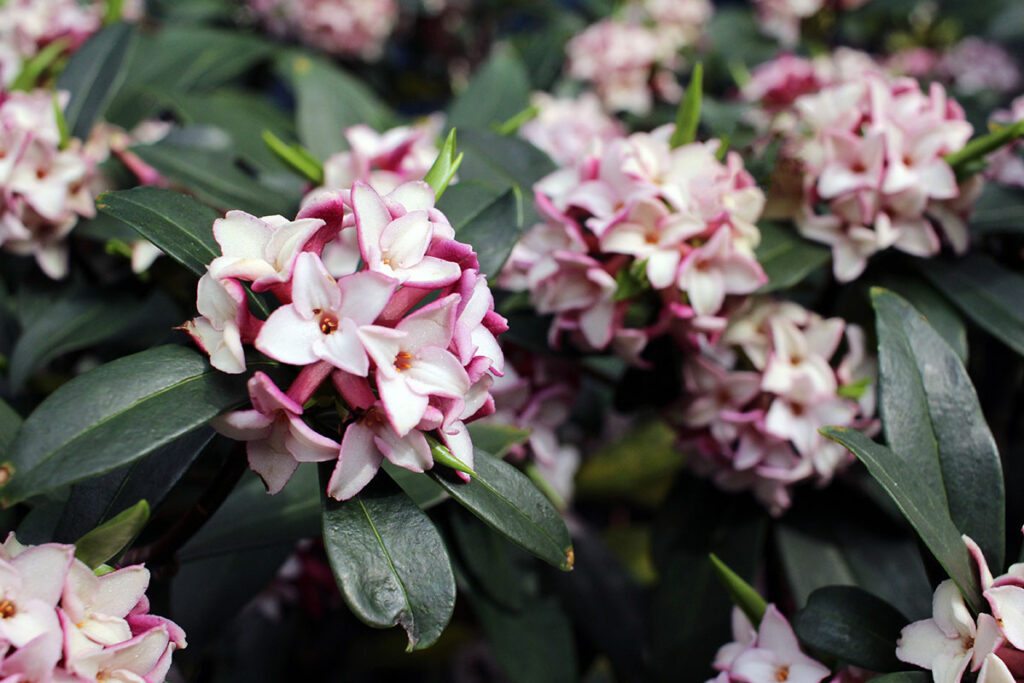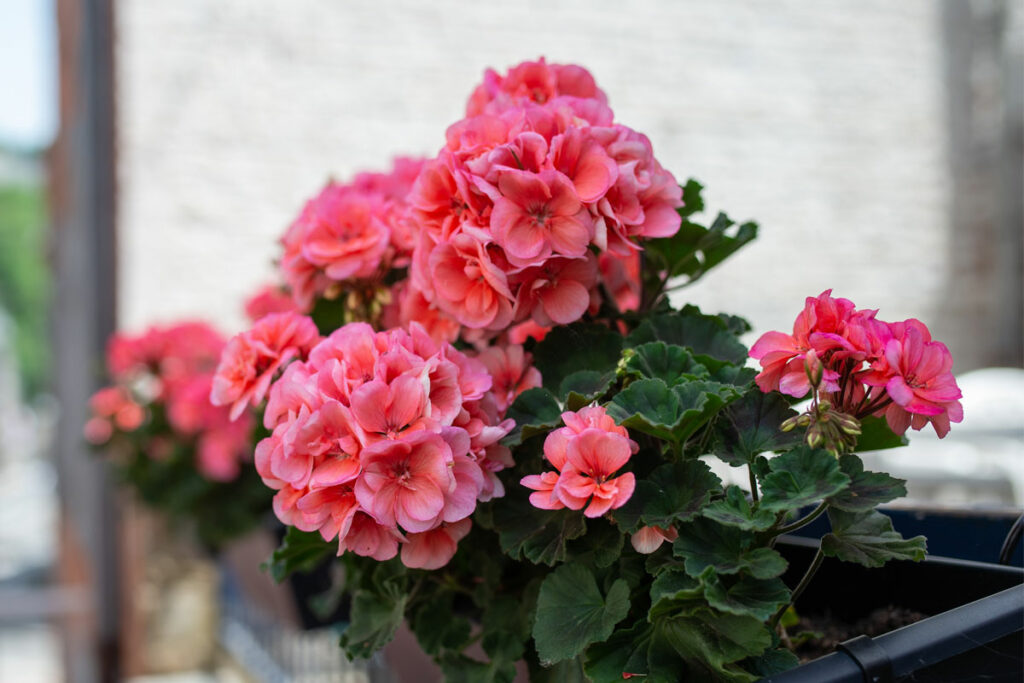
Geraniums are popular flowering plants known for their bright, colorful blooms and versatility in gardens and containers.
They are highly favored by gardeners looking for an easy-to-grow, low-maintenance, and long-lasting addition to their summer gardens.
To keep your geraniums blooming all summer long, there are a few simple yet effective tips that you can follow.
Firstly, providing the right growing conditions for your geraniums to flourish is essential.
This includes ensuring they receive adequate sunlight, proper watering, and a well-draining soil mix.
Additionally, regular feeding with a balanced fertilizer will help promote healthy growth and continuous blooming throughout the season.
Another crucial aspect of keeping geraniums blooming is regular deadheading. This involves removing spent flowers before they develop seeds, which encourages new blooms to form.
Deadheading not only keeps your geraniums looking fresh and vibrant, but it also allows the plant’s energy to be directed toward producing more flowers instead of setting seeds.
Selecting the Right Geraniums
Types of Geraniums
When selecting geraniums, it’s important to know about the different types available. There are two main categories to choose from:
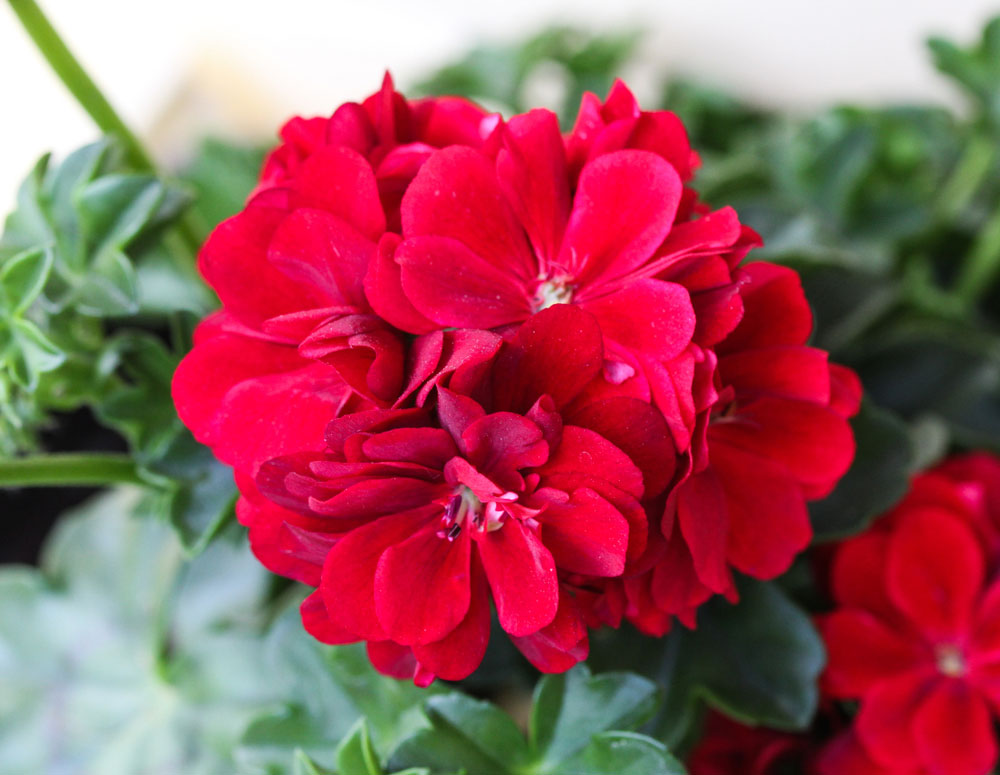
Zonal geraniums (Pelargonium x hortorum): These are the most common variety, known for their large, round clusters of flowers and attractive rounded, velvety leaves with a dark band or “zone.” They come in various colors and are excellent for containers, hanging baskets, and garden beds.
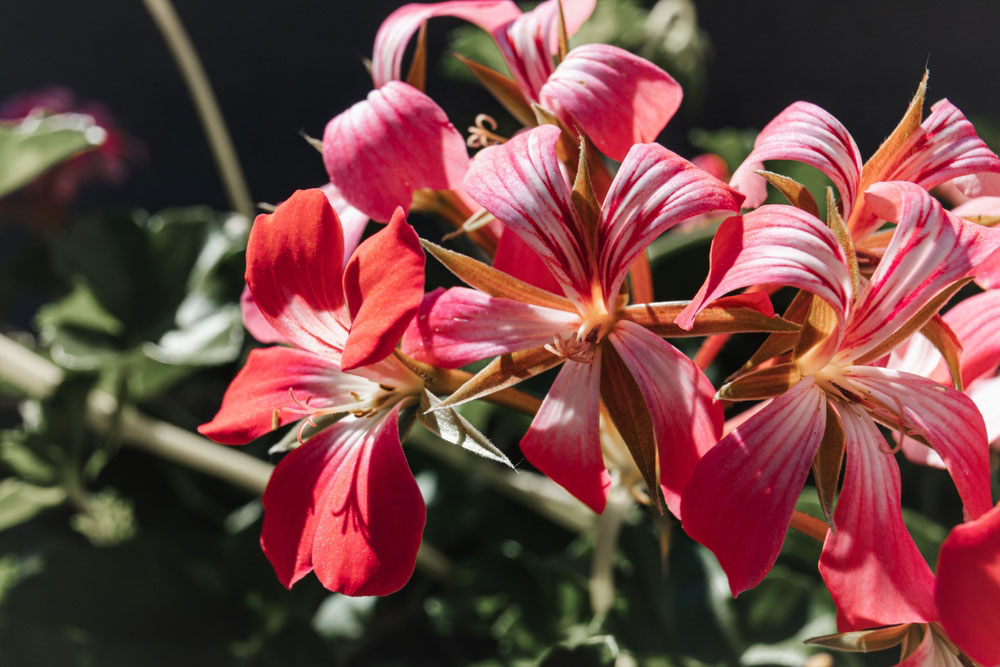
Ivy geraniums (Pelargonium peltatum): As the name suggests, these geraniums have a trailing growth habit and ivy-like leaves. They are perfect for hanging baskets or window boxes where their elegant blooms can cascade down.
In addition to these main categories, there are also numerous hybrids and cultivars available. When selecting a geranium, consider factors such as growth habit, color, and bloom time to find the perfect fit for your garden.
Choosing Healthy Plants
To ensure that your geraniums bloom all summer long, it’s essential to start with healthy plants. Here are some tips for selecting the best geraniums:
- Inspect the foliage: Look for plants with dark green, vibrant leaves without any signs of yellowing, brown spots, or insect damage.
- Check the roots: Gently remove the plant from its pot and examine the root system. Healthy roots should be white or light tan and well-developed, not mushy or overly tangled.
- Avoid leggy growth: Steer clear of plants that appear too tall or stretched out, as this indicates they have not received enough light and may struggle to produce blooms.
- Look for buds: Choose plants that have flower buds already forming, but are not fully open. This will give you a head start on enjoying their beautiful blooms.
By selecting healthy geraniums and following proper care techniques, you can enjoy bright and continuous blooms throughout the summer season in your garden.
Planting and Growing Geraniums
Geraniums are a popular choice for many gardeners due to their vibrant colors and ease of care. To keep them blooming all summer long, follow these tips on planting and growing geraniums.
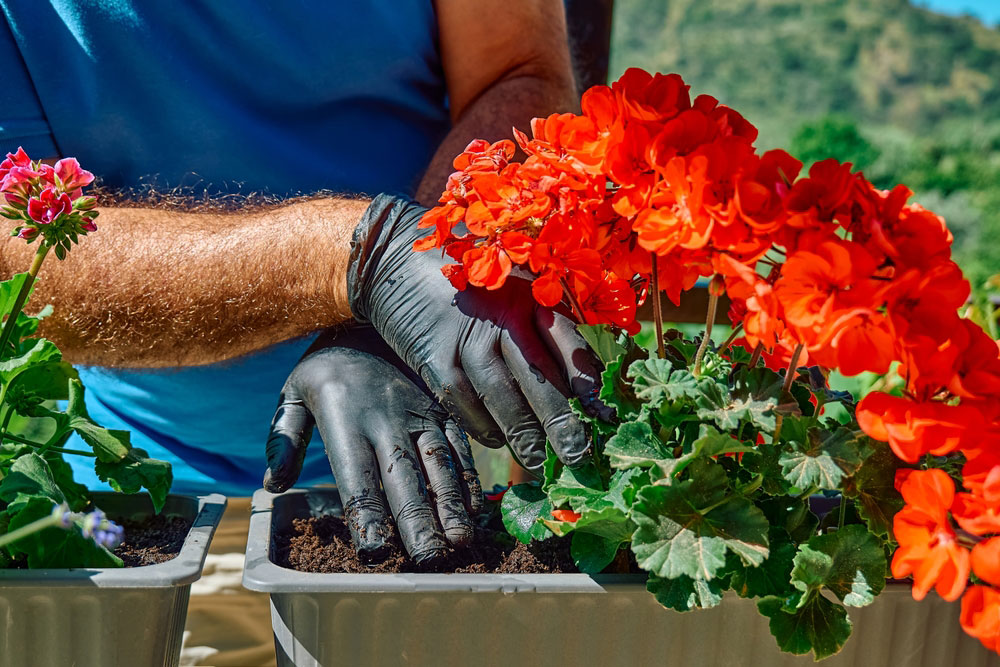
Best Soil Conditions
To promote healthy growth, it’s important to provide your geraniums with the right soil conditions. Geraniums prefer well-draining soil with a pH level of 6.0 to 6.5. You can either purchase a soil mix specifically designed for geraniums or create your own by adding:
- 1 part peat moss
- 1 part perlite
- 1 part potting soil
Mix these ingredients well and ensure your geraniums are planted in containers with drainage holes to prevent waterlogging.
Ideal Sunlight Exposure
Geraniums thrive in bright sunlight, so it’s essential to provide them with plenty of exposure to natural light. A minimum of six hours of direct sunlight per day is ideal for these plants. If possible, position your geraniums in a south-facing location to maximize their access to the sun’s rays.
However, if you live in an area with very hot summers, you might need to move your plants into partial shade during the hottest part of the day to avoid scorching their leaves.
Proper Watering Techniques
Proper watering techniques play a crucial role in keeping geraniums blooming all summer long. These plants prefer slightly moist soil, but it’s important not to overwater them, as this can lead to root rot.
To maintain optimal watering levels:
- Check the top 1-2 inches of soil for dryness before watering.
- Water your geraniums thoroughly, allowing the water to drain from the bottom of the container.
- Be sure to empty any excess water from the saucer to prevent your plants from sitting in standing water.
By following these planting and growing tips, your geraniums should stay vibrant and healthy throughout the summer months. Enjoy their beautiful blooms as you care for their needs with diligence and attention.
Fertilizing and Feeding Geraniums
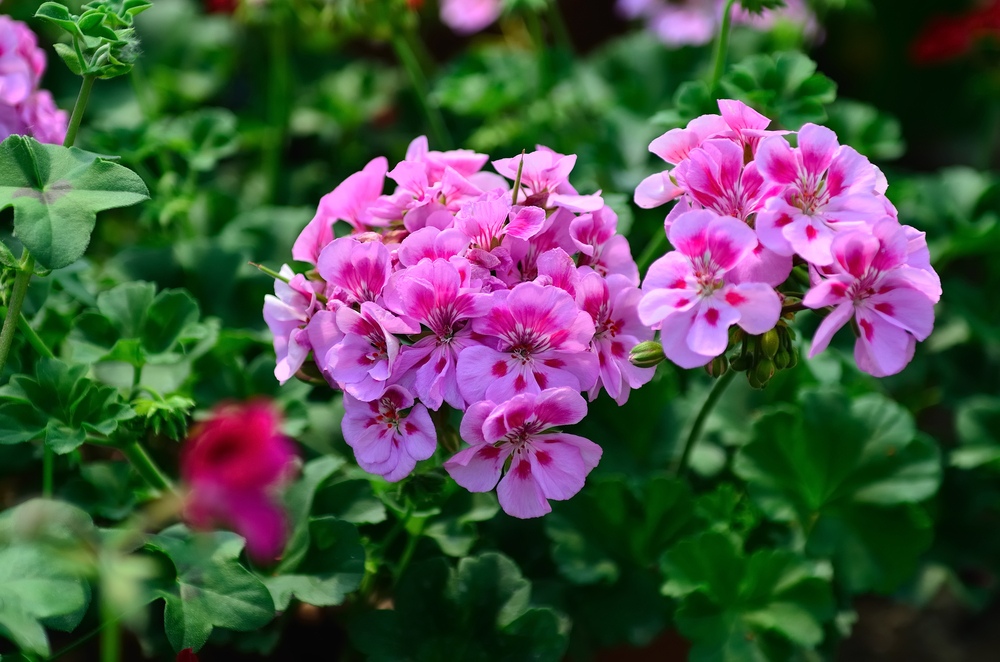
Geraniums love regular feeding to keep them blooming all summer long. Ensure your plants receive the nutrients they require to produce those vibrant flowers. Pay close attention to the choice of fertilizer and the schedule for feeding your geraniums.
Recommended Fertilizers
Here are some commonly recommended fertilizers for geraniums:
- Water-soluble fertilizers: Choose a balanced fertilizer with an N-P-K ratio of 20-20-20 or similar, for instance, 15-30-15. Water-soluble fertilizers can be directly mixed with water and applied to geraniums during watering.
- Slow-release fertilizers: Opt for a slow-release fertilizer with a high phosphorus content (the middle number in the N-P-K ratio), such as 14-14-14. Granular fertilizers like these release nutrients slowly over several weeks, cutting down on feeding frequency .
Feeding Schedule
Follow this simple schedule for feeding your geraniums:
- Spring Feeding: Begin fertilizing your geraniums when you notice new growth in the spring. This gives them a much-needed boost after the winter months.
- Monthly Fertilization: Feed your geraniums once a month with your preferred fertilizer throughout the summer. This keeps them well-nourished and supports continuous blooming.
- Taper off in Fall: As the weather begins to cool down, gradually reduce the amount of fertilizer you’re using and eventually stop feeding in late fall.
By offering the appropriate fertilizer and sticking to a consistent feeding schedule, you will set your geraniums up for success, with beautiful blooms lasting throughout the summer.
Pruning and Deadheading
To ensure your geraniums maintain their vibrant beauty, it’s essential to engage in proper pruning and deadheading.
Here, we’ll go through the process and share some useful tips with you.
When to Prune
The best time to start pruning your geraniums is early spring, right after you bring them out of winter dormancy or just before new growth emerges. This will help to encourage healthy growth, improve air circulation, and lead to a more robust and appealing plant. As the season progresses, keep an eye on your plant, as regular pruning may be necessary to remove any dead or unhealthy parts.
How to Deadhead
Deadheading geraniums is crucial to help keep your blooms fresh and vibrant throughout the season. This involves removing the spent flowers to promote new buds and prevent the plant from directing energy into seed production. Here’s how to do it:
- Assess the flower heads every few days, looking for any that have started to wilt or lose their petals.
- Pinch the spent flowers off at the base of the stem, just above the next lower leaf node. Be gentle, as you don’t want to break the stem.
- Discard the spent blooms to keep the area around your plant clean and disease-free.
By following these simple steps and giving your geraniums the care they need, you’ll be rewarded with beautiful, blooming plants all summer long.

